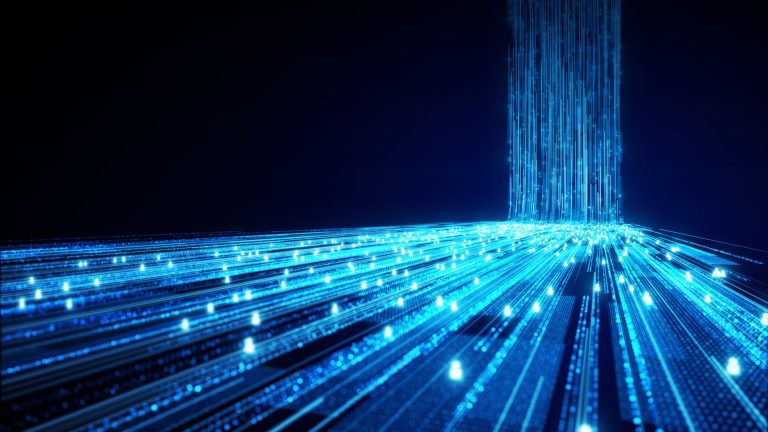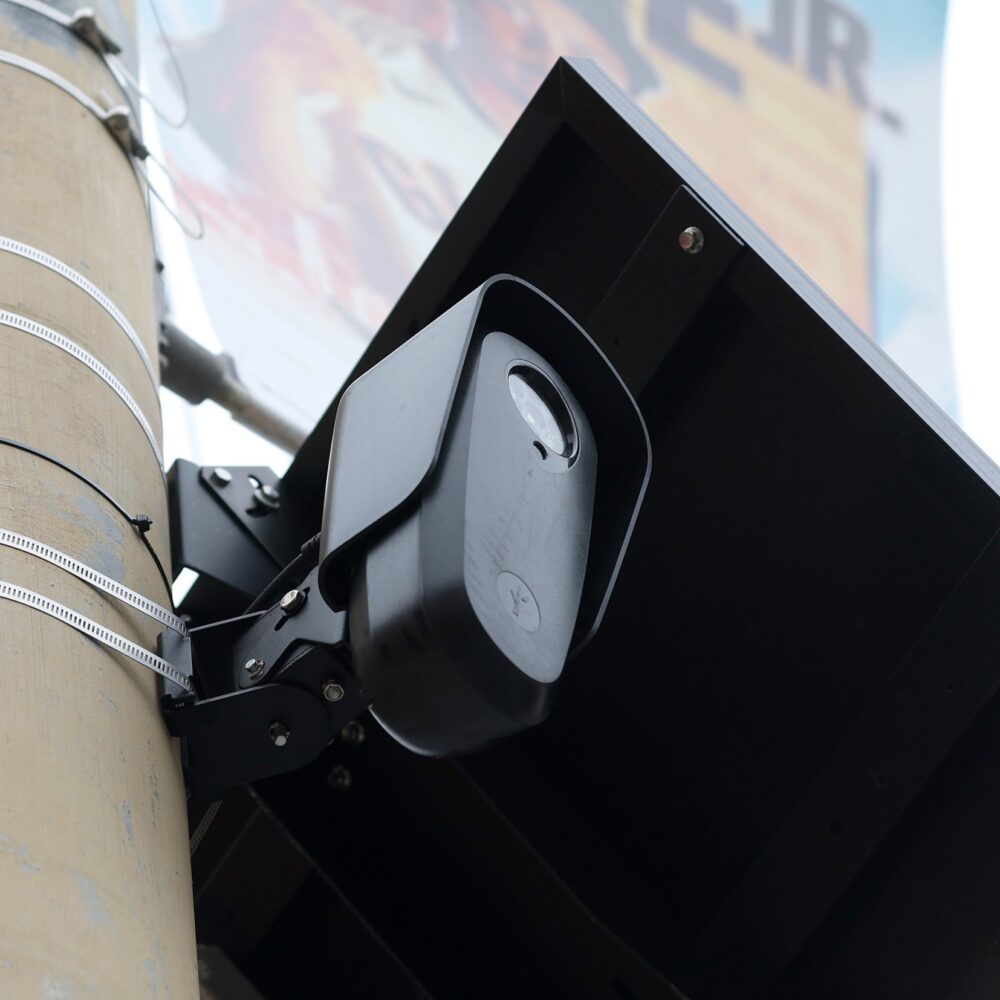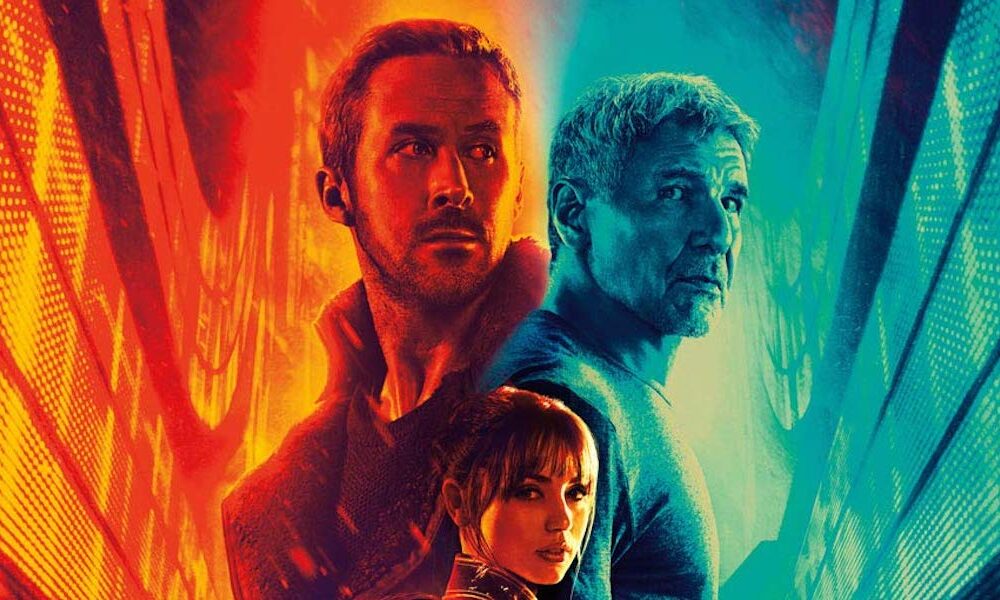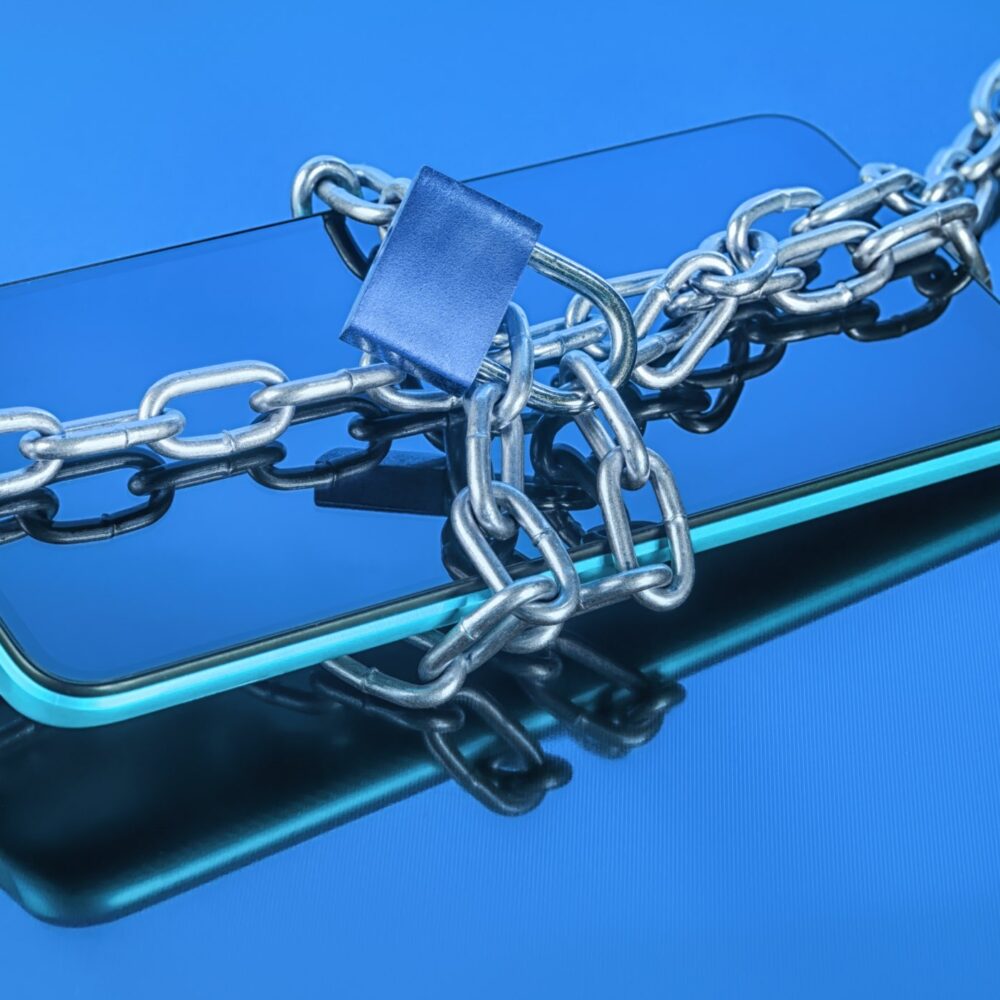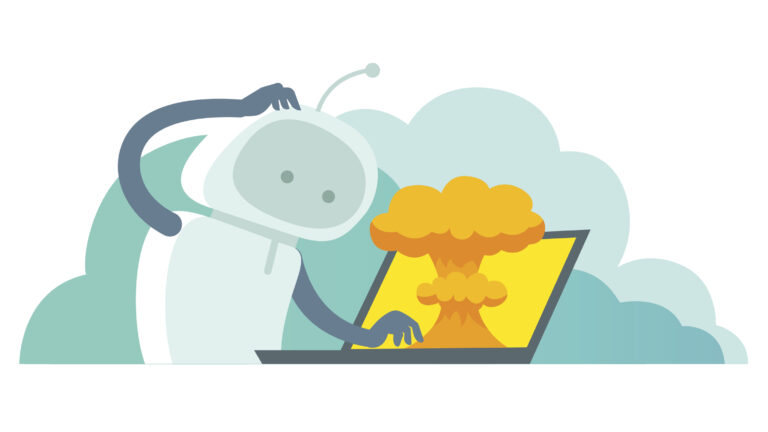Missouri AG claims Google censors Trump, demands info on search algorithm
In 2022, the Republican National Committee sued Google with claims that it intentionally used Gmail’s spam filter to suppress Republicans’ fundraising emails. A federal judge dismissed the lawsuit in August 2023, ruling that Google correctly argued that the RNC claims were barred by Section 230 of the Communications Decency Act.
In January 2023, the Federal Election Commission rejected a related RNC complaint that alleged Gmail’s spam filtering amounted to “illegal in-kind contributions made by Google to Biden For President and other Democrat candidates.” The federal commission found “no reason to believe” that Google made prohibited in-kind corporate contributions and said a study cited by Republicans “does not make any findings as to the reasons why Google’s spam filter appears to treat Republican and Democratic campaign emails differently.”
First Amendment doesn’t cover private forums
In 2020, a US appeals court wrote that the Google-owned YouTube is not subject to free-speech requirements under the First Amendment. “Despite YouTube’s ubiquity and its role as a public-facing platform, it remains a private forum, not a public forum subject to judicial scrutiny under the First Amendment,” the US Court of Appeals for the 9th Circuit said.
The US Constitution’s free speech clause imposes requirements on the government, not private companies—except in limited circumstances in which a private entity qualifies as a state actor.
Many Republican government officials want more authority to regulate how social media firms moderate user-submitted content. Republican officials from 20 states, including 19 state attorneys general, argued in a January 2024 Supreme Court brief that they “have authority to prohibit mass communication platforms from censoring speech.”
The brief was filed in support of Texas and Florida laws that attempt to regulate social networks. In July, the Supreme Court avoided making a final decision on tech-industry challenges to the state laws but wrote that the Texas law “is unlikely to withstand First Amendment scrutiny.” The Computer & Communications Industry Association said it was pleased by the ruling because it “mak[es] clear that a State may not interfere with private actors’ speech.”
Missouri AG claims Google censors Trump, demands info on search algorithm Read More »






